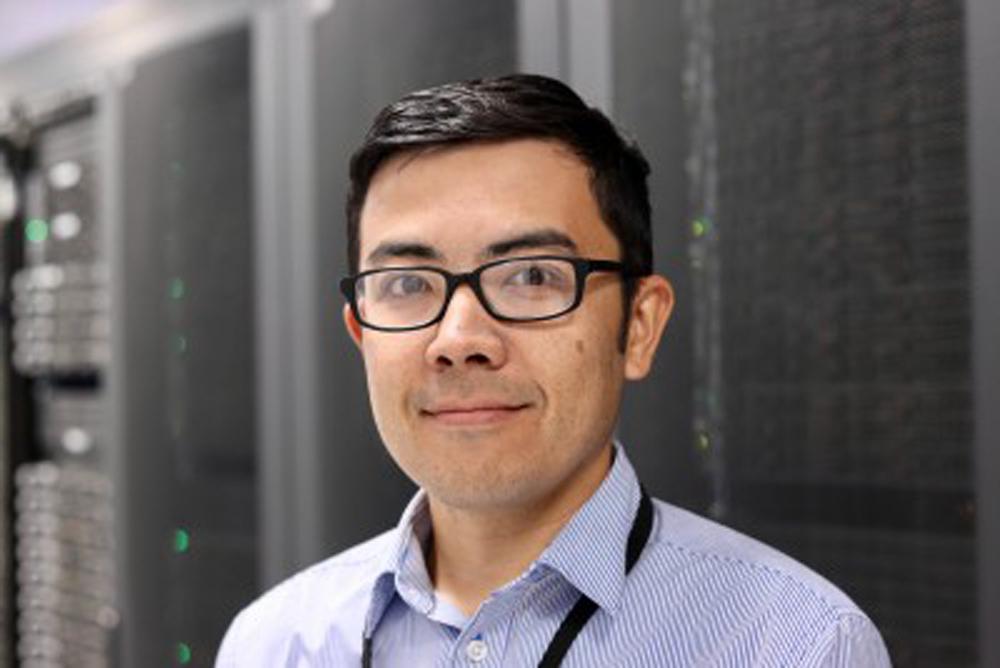Arts & Sciences Events
[PAST EVENT] Physics Colloquium - Nobuo Sato
Access & Features
- Open to the public

Nobuo Sato, Jefferson Lab, Title of Talk: Exploring the inner structure protons and neutrons with high energy probes
Abstract: Understanding the internal structure of protons and neutrons, which are the fundamental building blocks of atomic nuclei and thus of all the stars, planets and most visible matter in the universe, is one of mankind’s major challenges. With more than 50 years of experimental and theoretical effort, we now understand that protons and neutrons (or collectively “nucleons”) are composed of more fundamental quark constituents bound together by gluons with strong forces governed by the theory of Quantum Chromodynamics (QCD). Unlike any other known phenomenon in Nature, the confinement property of QCD means that quarks and gluons can never be observed in isolation in any particle detector. Moreover, in contrast to other systems, such as atoms or molecules, there is no “still” picture for the internal quark and gluon structure of nucleons and nuclei, and the internal structure can only be characterized through quantum correlation functions (QCFs), such as parton distribution functions, transverse momentum dependent distributions, and generalized parton distributions. One of the greatest challenges in nuclear particle physics is therefore to map out these QCFs using data from experiments that only detect particles such as hadrons, photons and leptons. With the ongoing 12 GeV nuclear physics program at Jefferson Lab, the Relativistic Heavy Ion Collider at Brookhaven National Lab, and other facilities around the world, as well as the future Electron-Ion Collider (EIC) in the US, we are at the threshold of imaging the nucleon’s internal 3-dimensional quark and gluon structure in the theoretical framework of QCD for the first time. In this talk, I would discuss how in practice these QCFs are inferred from experimental data and outline a roadmap for the next generation of QCFs analysis framework that can meet the challenges of big data and large-scale computing at the existing and future facilities.
